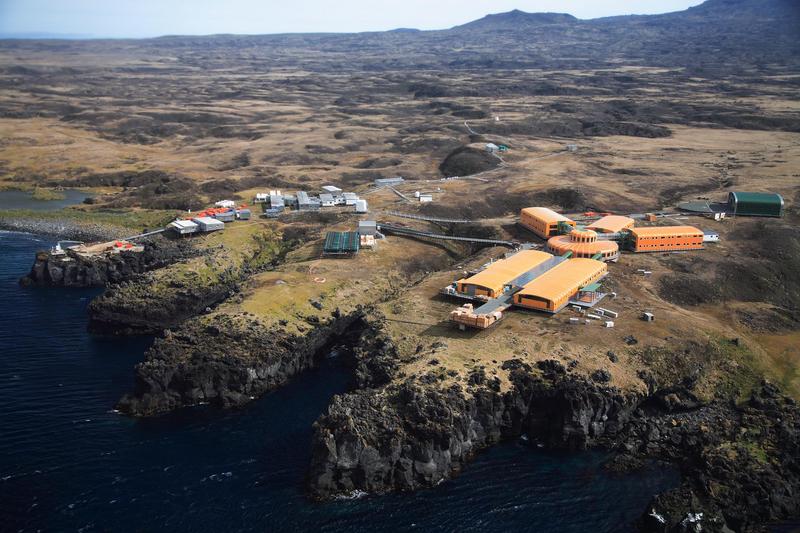Results 1 to 3 of 3
Thread: Marion Island 70th Expedition
Threaded View
-
18-09-2013, 10:55 #1User

- Join Date
- Jul 2010
- Location
- Gauteng
- Posts
- 916
 Marion Island 70th Expedition
Marion Island 70th Expedition
A friend of mine is currently a seal researcher on the 70th team to be stationed on Marion Island. They stay there for about 13 months. I must admit I'm quite jealous as it sounds like one hell of a adventure experience. They send out a newsletter every few months with news from the island, which is fascinating to read.
The newsletters:
https://dl.dropboxusercontent.com/u/...ter-August.pdf
https://dl.dropboxusercontent.com/u/...etter-June.pdf


Some info on Marion:
Marion Island is the larger of two islands collectively called the Prince Edward Islands. The islands are located about 1769 km south-east of Port Elizabeth. Marion Island is 19 km long by 12 km wide, and the two islands have a combined area of 316 square km and politically form part of South Africa's Western Cape Province. The islands are volcanic in origin, with Marion having many hillocks (secondary craters) and small lakes. Prince Edward Island has spectacular cliffs up to 490m high on its south western side. State President Peak, Marion Island's highest point at 1230m, is permanently covered in snow and ice.
It rains on average about 320 days a year (about 28 days a month) giving a average annual rainfall of about 2400 mm. Summer and winter have fairly similar climates with cold winds and threat of snow or frost at any time of the year. However, the mean temperature in February (midsummer) is 8.3 °C and in August (midwinter) it is 3.9 °C. There is little vegetation in the island's centre, except for lichen. Elsewhere the vegetation is mainly mosses and ferns, and the terrain is very boggy due to the abundant snow and rain. There are no trees, due to the persistent, strong westerly winds commonly termed the Roaring Forties.
The islands are part of the Southern Indian Ocean Islands tundra ecoregion that includes several subantarctic islands. In this cold climate, plants are mainly limited to grasses and mosses, while lichens are the most visible fungi. The main indigenous animals are insects along with large populations of seabirds, seals and penguins. The waters surrounding the islands are often frequented by several species of whale, especially orcas which prey on penguins and seals.
Biological and environmental and weather research is a major function of the Marion Island base. Close to 1000 scientific papers and dozens of post-graduate theses have been produced from research on Marion.
(Info from http://en.wikipedia.org/wiki/Prince_Edward_Islands & http://www.sanap.ac.za/sanap_marion/sanap_marion.html)
Similar Threads
-
1800 Hunt Expedition 2015 May
By Gert Odendaal in forum Black Powder and Muzzle LoadingReplies: 83Last Post: 13-05-2015, 15:06 -
Inhaca Island,Moz
By TonyP in forum FishingReplies: 18Last Post: 22-03-2015, 06:54 -
70TH Anniversary of the BATTLE OF kursk
By camouflage762 in forum Shooting Associations, Representatives, Organisations and ClubsReplies: 0Last Post: 14-06-2013, 11:41 -
Using Hollow Points and the law ( and a fishing expedition by a prosecutor?)
By Johnny Mnemonic in forum Firearms Legal IssuesReplies: 10Last Post: 28-03-2011, 09:27






 Reply With Quote
Reply With Quote

Bookmarks